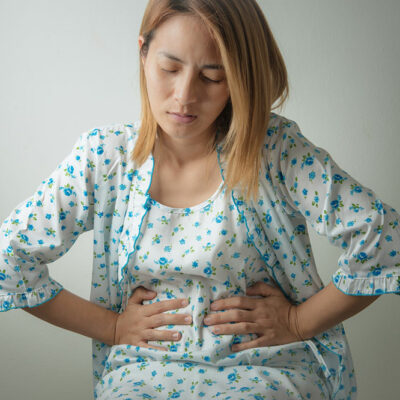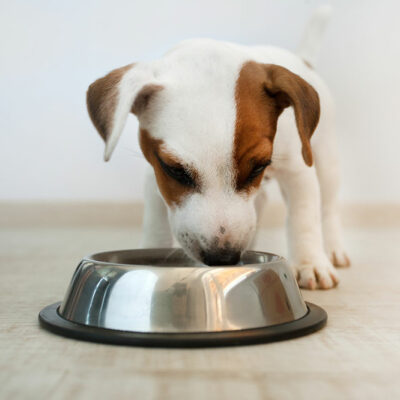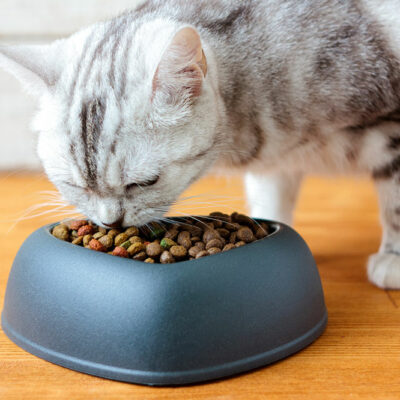
Health
Spinal Muscular Atrophy – The Symptoms and Stages
Every child reaches a motor milestone two years after being born. The child will begin to grasp, pull, roll over, crawl, sit, stand with/without support, and finally begin to walk. A child affected by SMA will not be able to reach many of these milestones. There are other symptoms too that parents should watch out for before the onset of spinal muscular atrophy (SMA). Symptoms of Type 1 SMA Among most SMA cases, the most common ones include Type 1 SMA. The infants develop symptoms right after birth or within six months. They will be unable to sit up on their own. They will show signs of paradoxical breathing. When we breathe, our chest wall goes in when we inhale and expands when we exhale. The reverse happens when SMA affects a child. The child will also face tongue fasciculations, where the tongue muscles contract spontaneously. The infant will find it difficult to swallow or suckle. With weakness caused by a low intake of food, the child could become floppy. Most infants cannot hold their heads, and a few will sit only with support. Other symptoms include breathing difficulties, and infants are most likely to develop pneumonia. Symptoms of Type 2 SMA These symptoms start showing between the ages of 6 and 18 months.
Read More 















